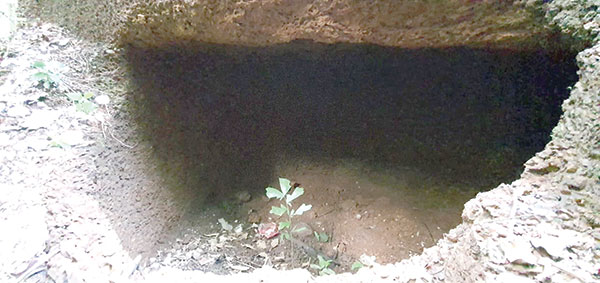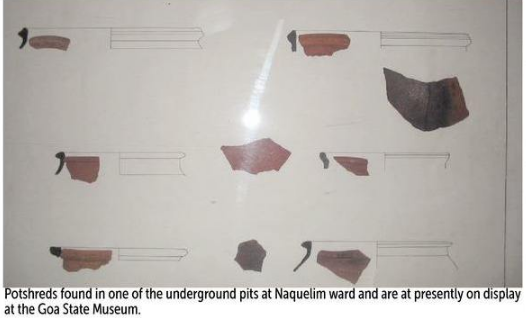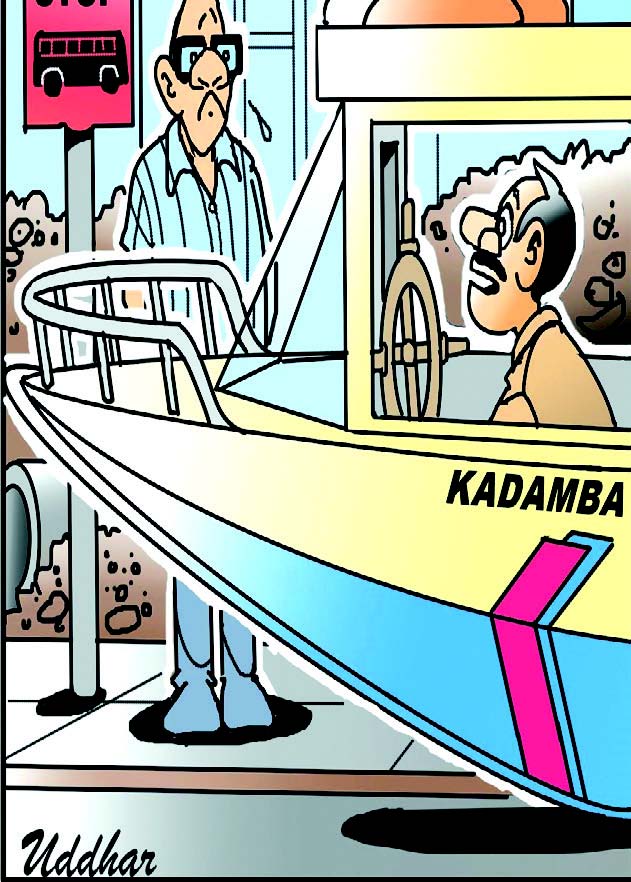
DHIRAJ HARMALKAR
VASCO: The megalithic era caves at Chicalim village at Mormugao taluka on the banks of Zuari river to the 17th century St Francis Xavier Church atop the hill and the pre-historic caves discovered on the plateau needs to be protected, demands the villagers.
Ana Smriti Paes, resident of Chicalim and a Student of Goa Medical College said, “Local heritage structures play an important role in the culture of the people. They need to be protected and celebrated by local governing bodies so that the next generation learns to love and treasure them."
Cyril Fernandes, a heritage lover and Convener of Chicalim Bio-Crusader said revealed that they are first discovered evidence of pre-historic settlements in Goa in the 70s. The first cave was discovered during a hill cutting for laterite bricks in a ward of Naquelim. Taking a queue German Indologist and art historian Gritli Metterwalner, along with members of the Goa Archaeology department located two more in the vicinity with some and pot shreds inside the caves. Two among the three caves had their entrances open.
“These caves are actually underground cells pointed out by Metterwalner. Scientific study assured that the pot shreds belongs to pottery of the megalithic period, which are presently kept in the Goa State Museum,” said Fernandes.
The underground caves in Naquelim, Chicalim, remain unique for their subterranean location, hardly 300m from national highway 17- B. The caves lie shrouded in vegetation and behind a few houses. Heritage lovers fear a threat to their existence due to increasing construction activity in its vicinity.

When contacted Historian, Prof Prajal Sakhardande said, "The department had assured us in March 2009 to notify Chicalim caves as a protected monument." On behalf of the Goa Heritage Action Group (GHAG), he has been struggling to get these caves under the protected category to protect them for posterity. But Sakhardande wonders why such a site of heritage value is yet to be notified by the Archaeological Survey of India (ASI). He also pointed out that the Chicalim panchayat few years ago had also taken resolution in the interest of these megalithic era caves and the State govt should take up initiative to protect such rare things of historic value.
Further, The implementation of the Biodiversity Act at the all India level has come as an unforeseen boon to the local heritage lovers who grabbed the opportunity to list the caves as a heritage site. Through the support of the local Chicalim Biodiversity Management Committee (BMC), the heritage lovers got the caves listed in the People’s Biodiversity Register (PBR), a statutory document under the Biodiversity Act. In July, the Goa State Biodiversity Board validated the Chicalim PBR. In this manner, the caves are now under the protection of the National Biodiversity Act of India.
Fernandes has also conducted an awareness walk in the village with the caves as the core subject of interest. The Bio-Crusader’s had titled this walk as ‘Walk of the Caveman’ which had attracted over 70 participants from the village as well as Panjim, Margao besides Vasco. Many participants got an opportunity to enter the caves and get the taste of the cave mystery.
Rui Araujo, Environmentalist and a heritage lover from Chicalim also believe that the local governing bodies such as village panchayat, department of Archives and Archaeology should take interest in such things and should be prudent in protecting and preserving such monuments. “I feel even some signage need to be installed near the road highlighting the location so that as many people as possible can come to know about the existence of such caves which are of heritage value,” said Araujo.
